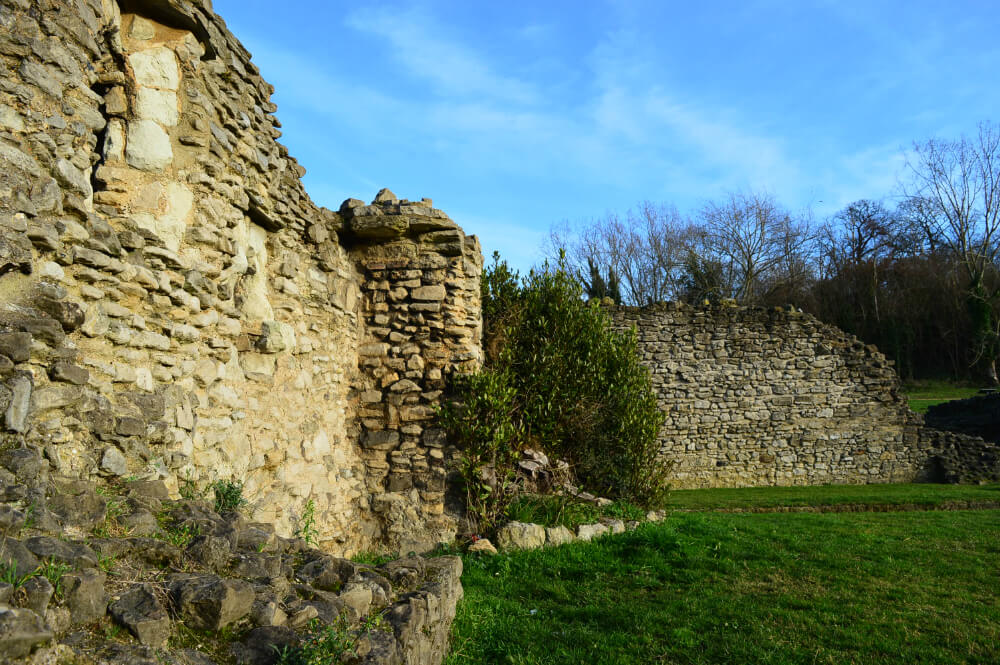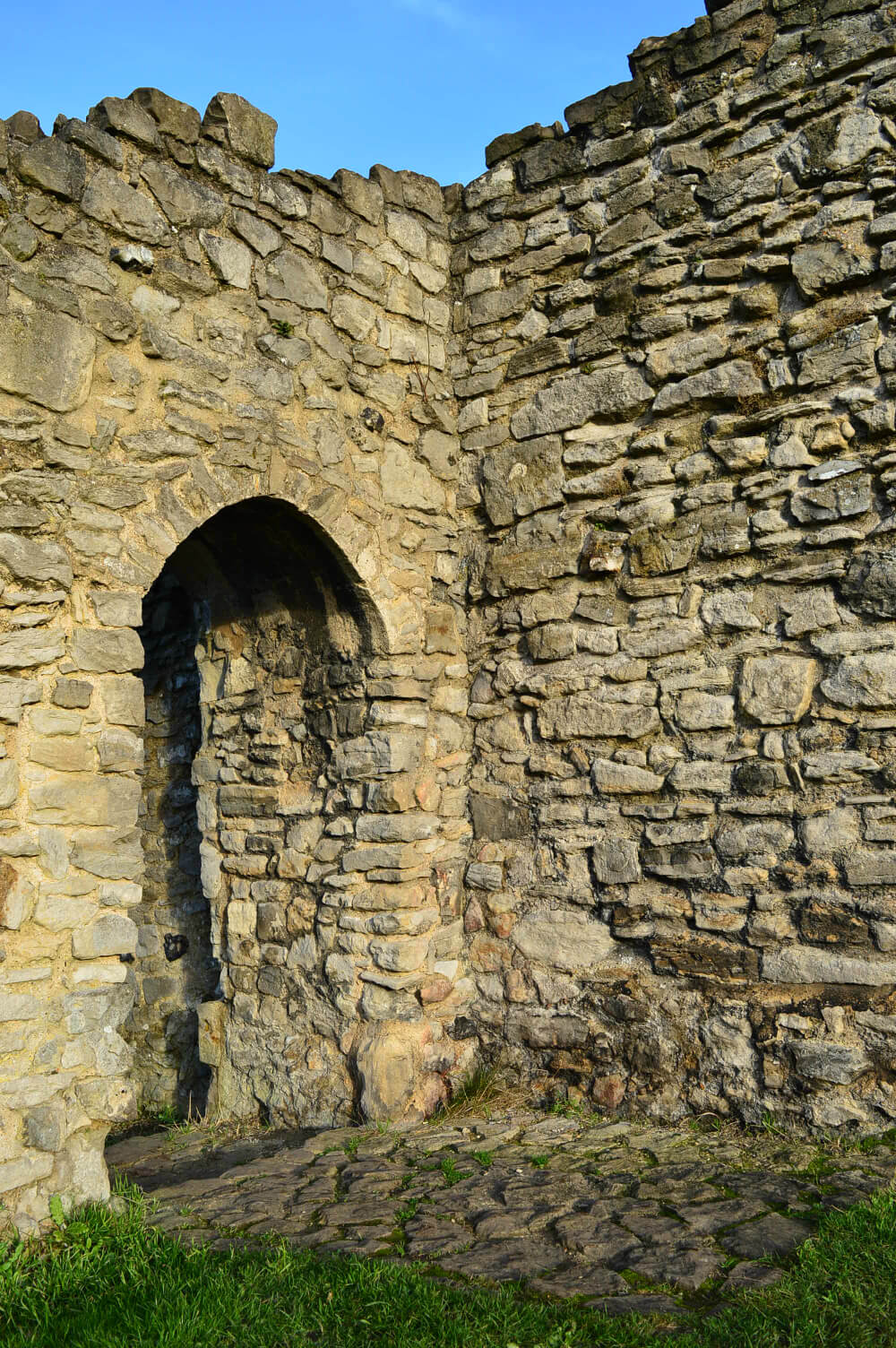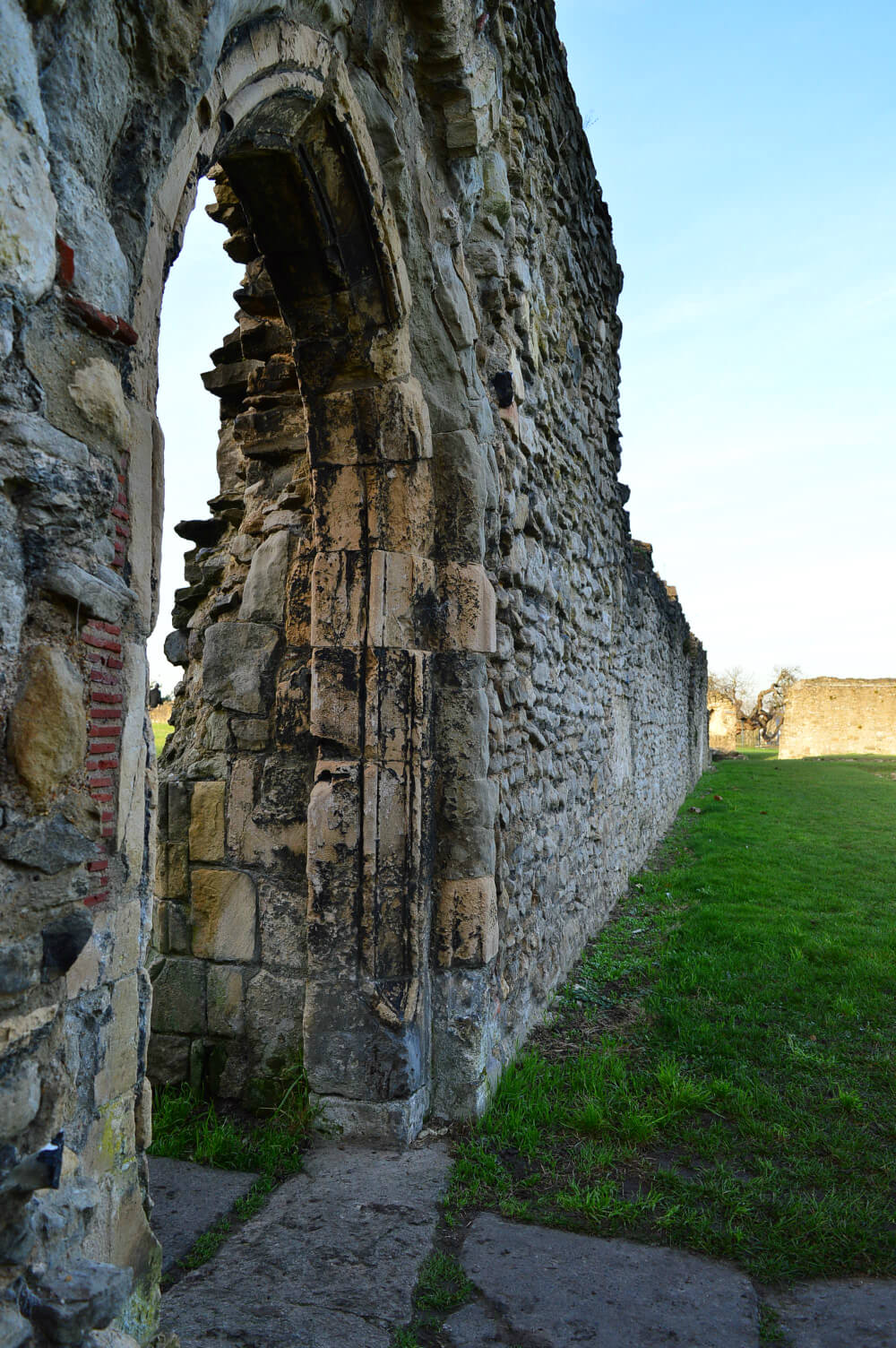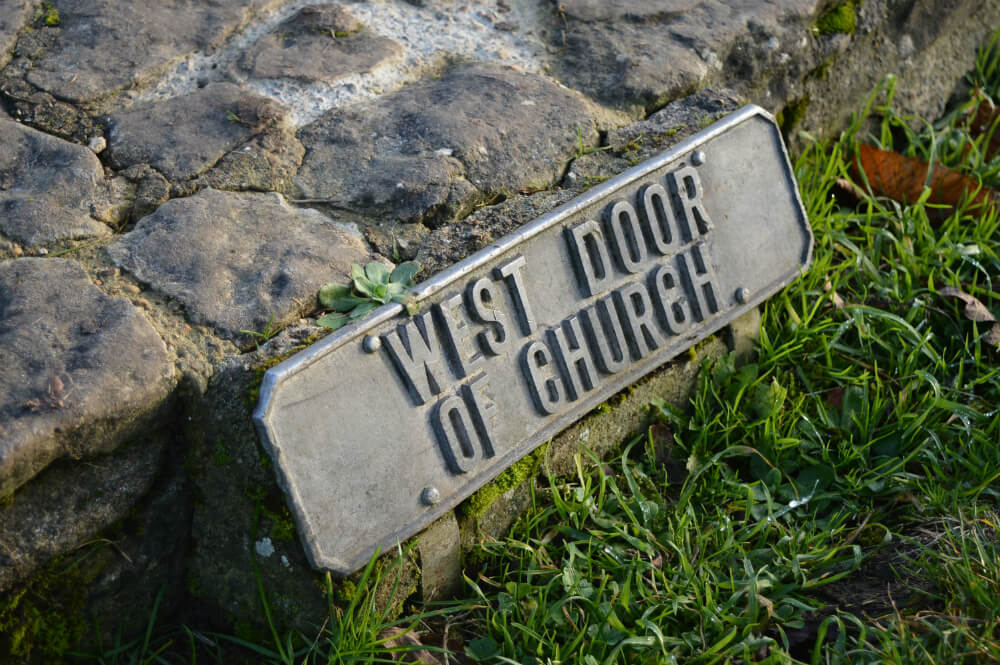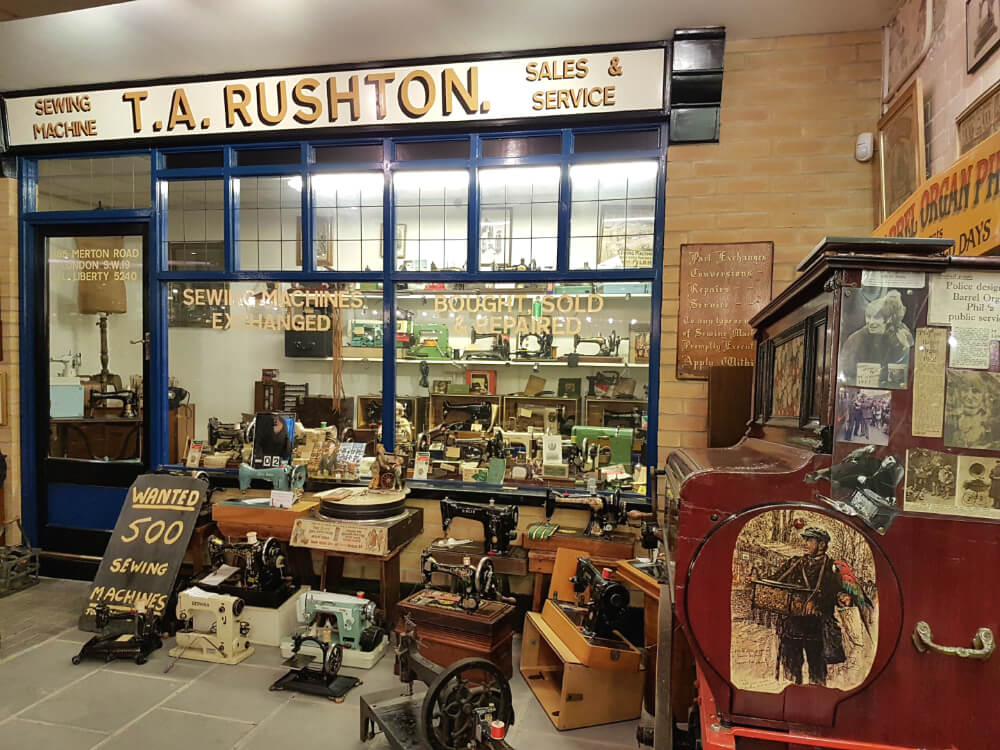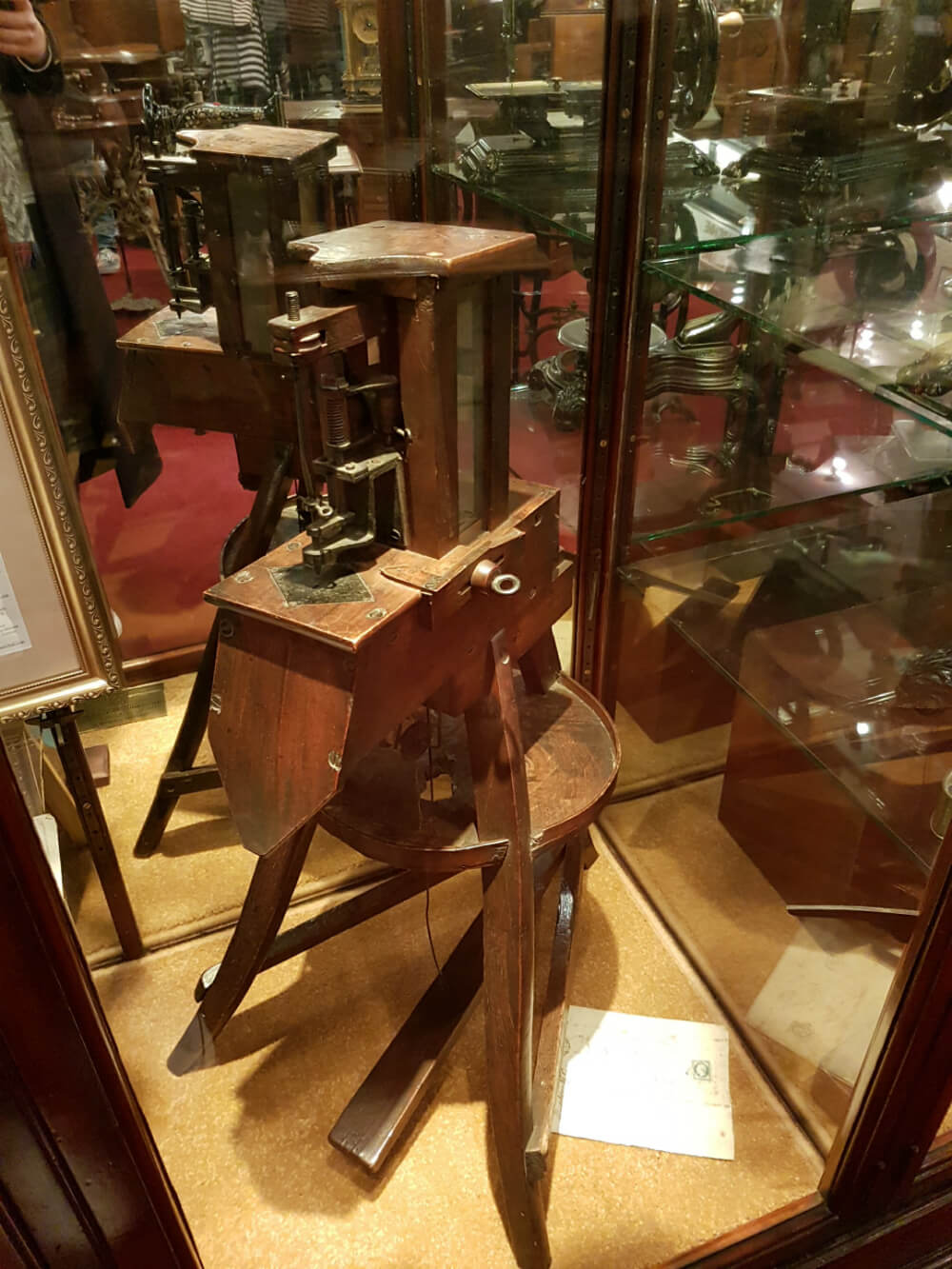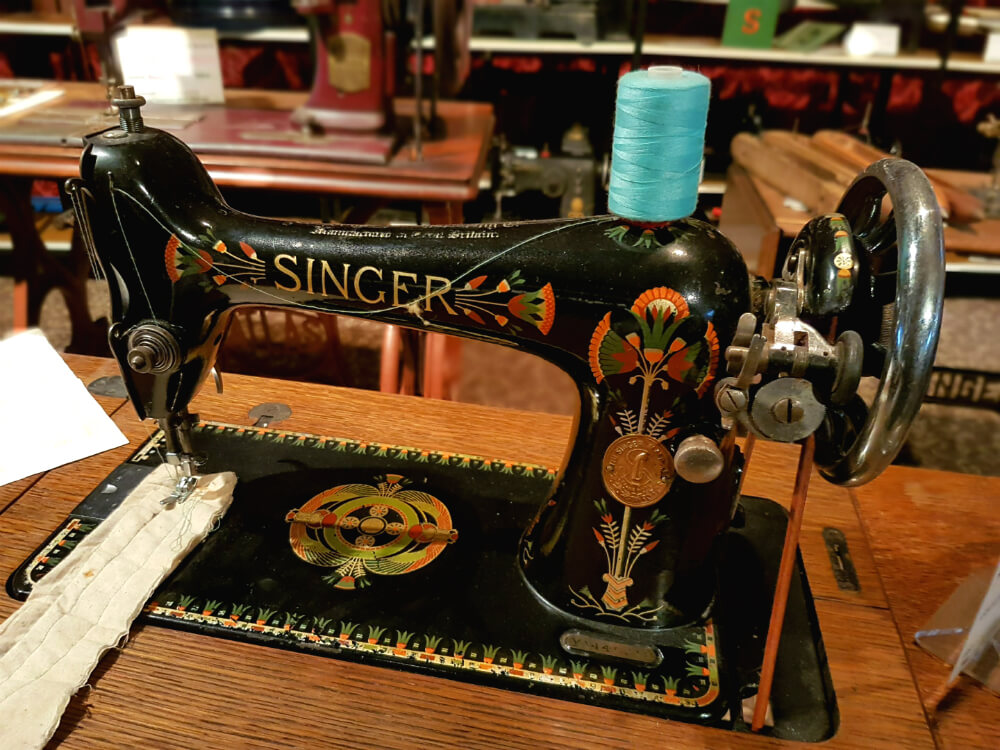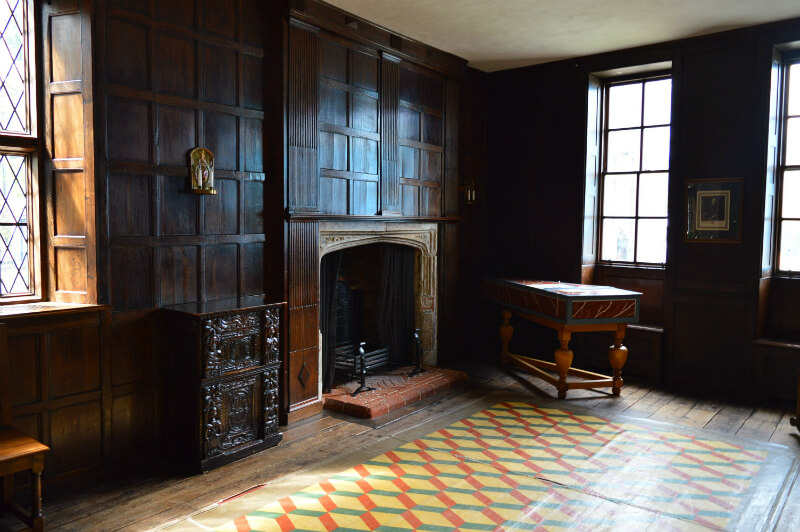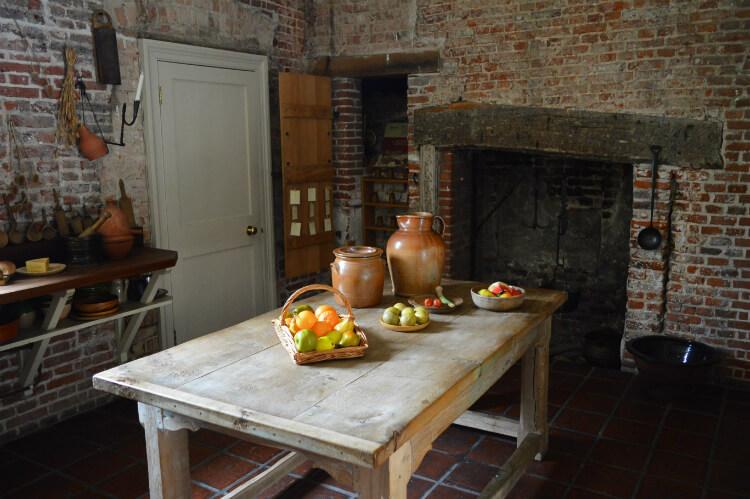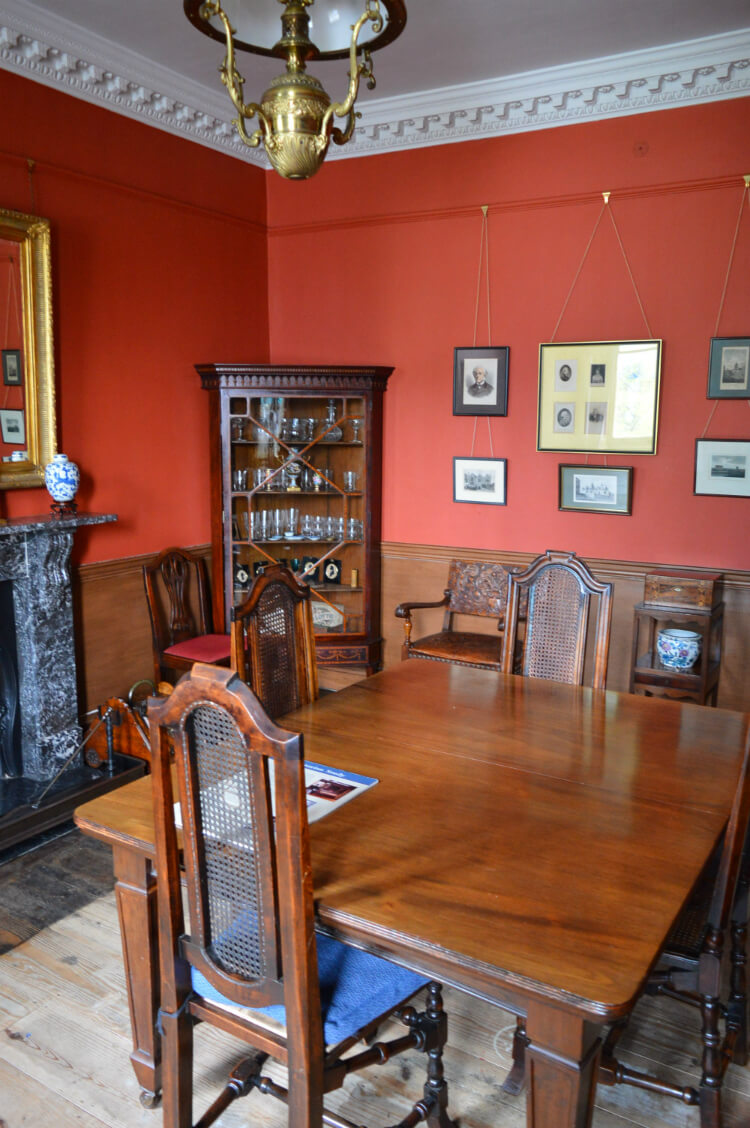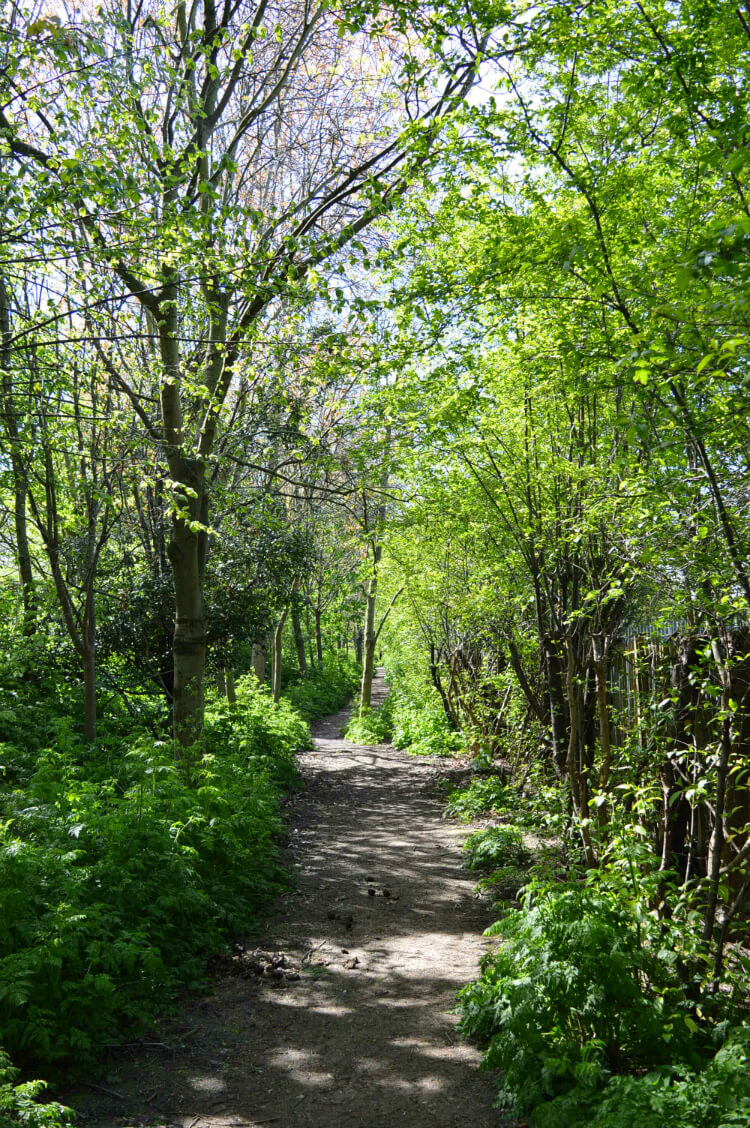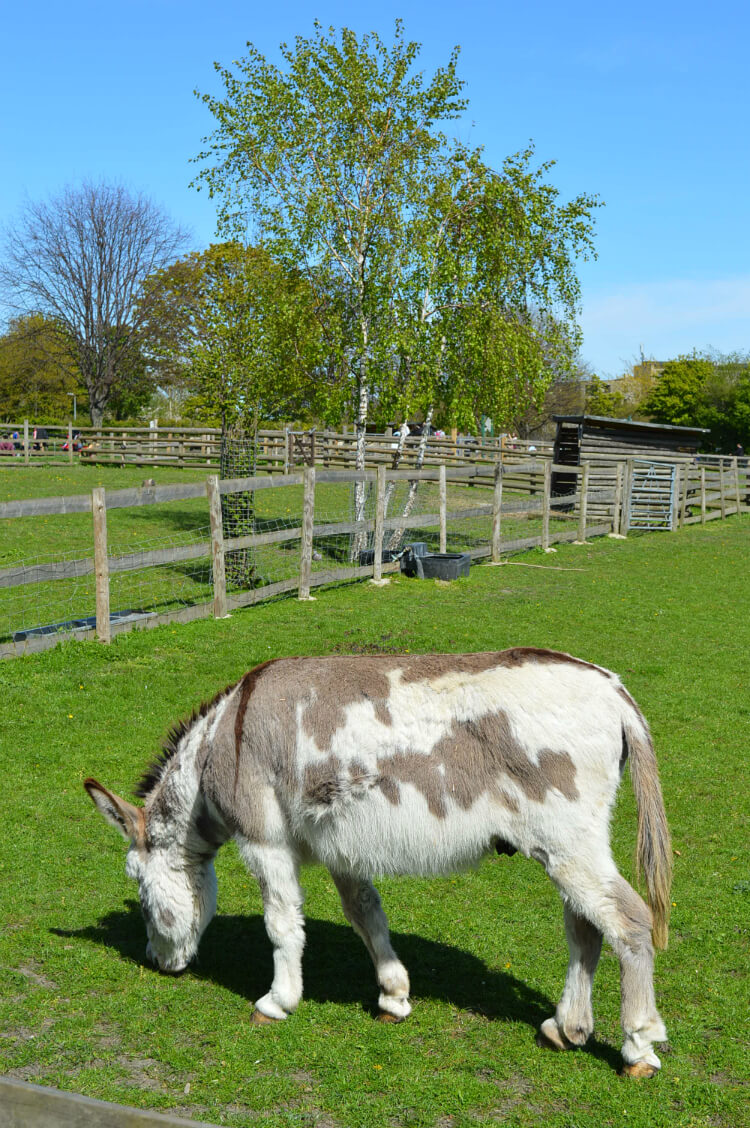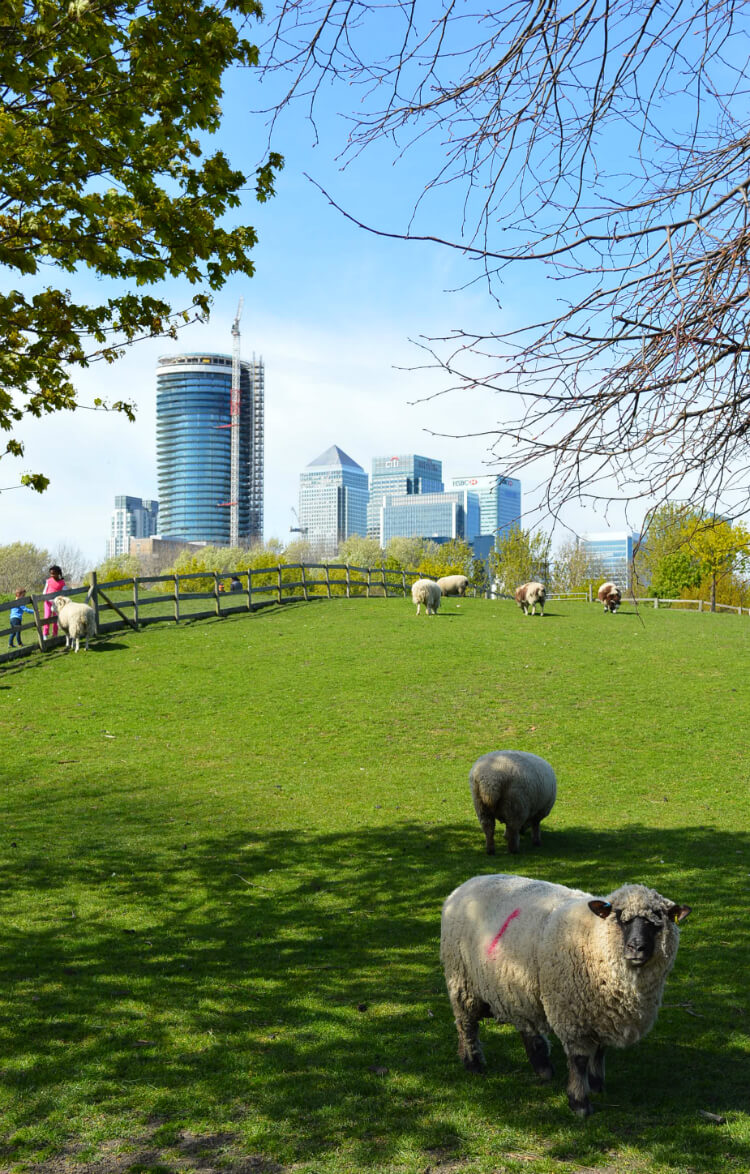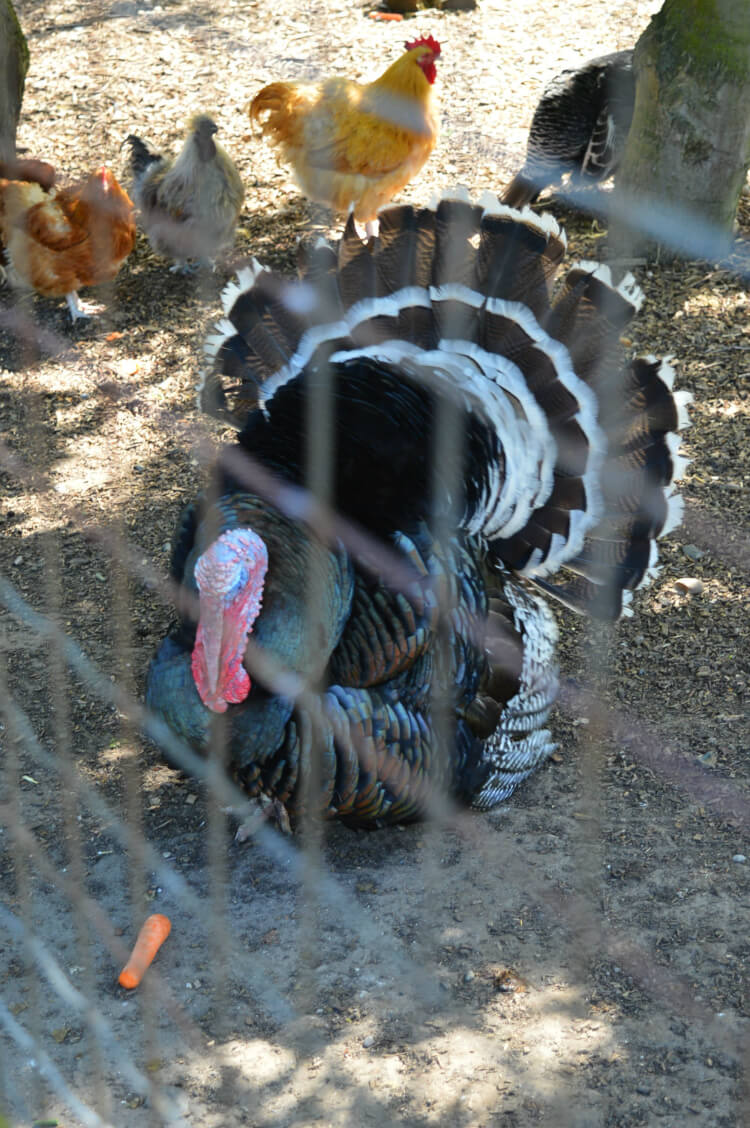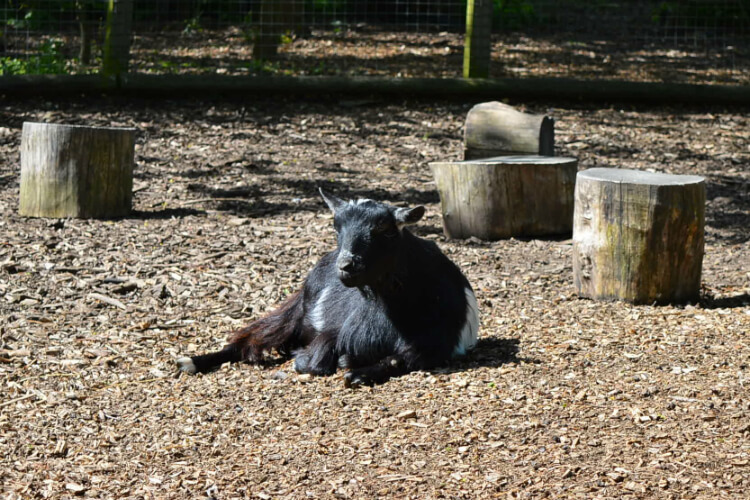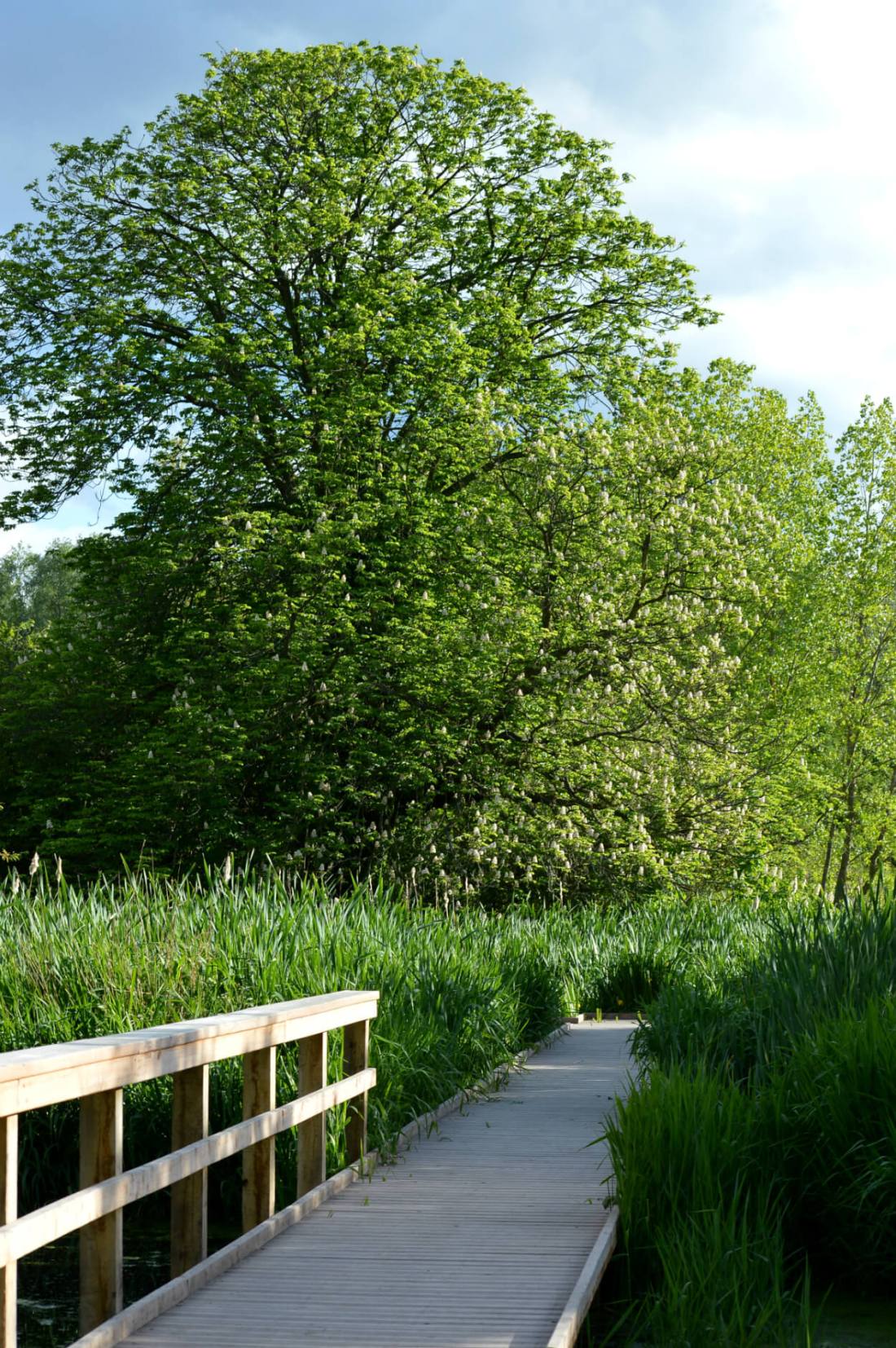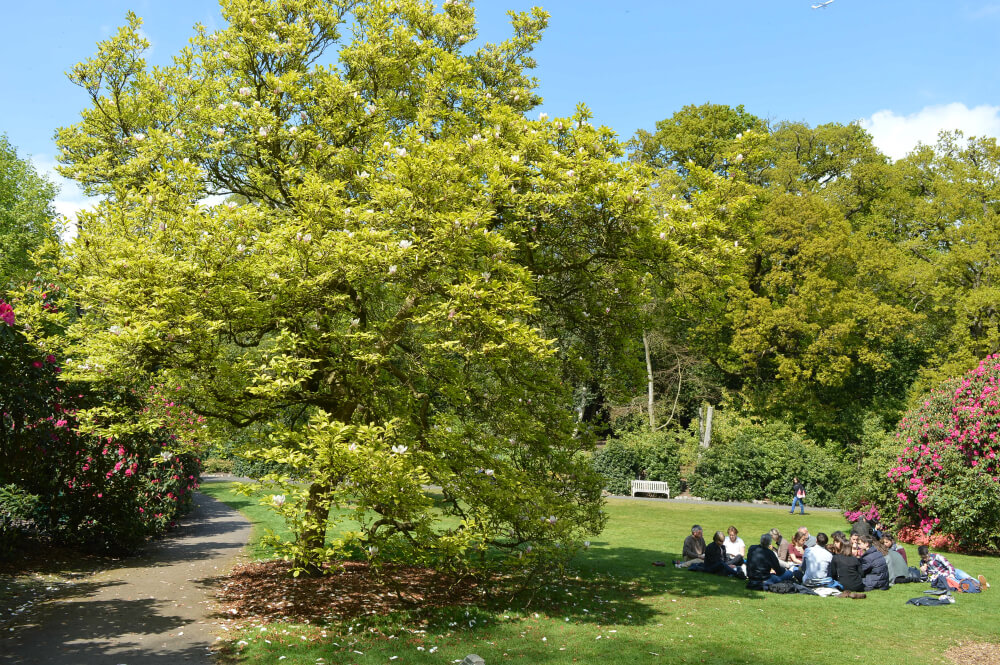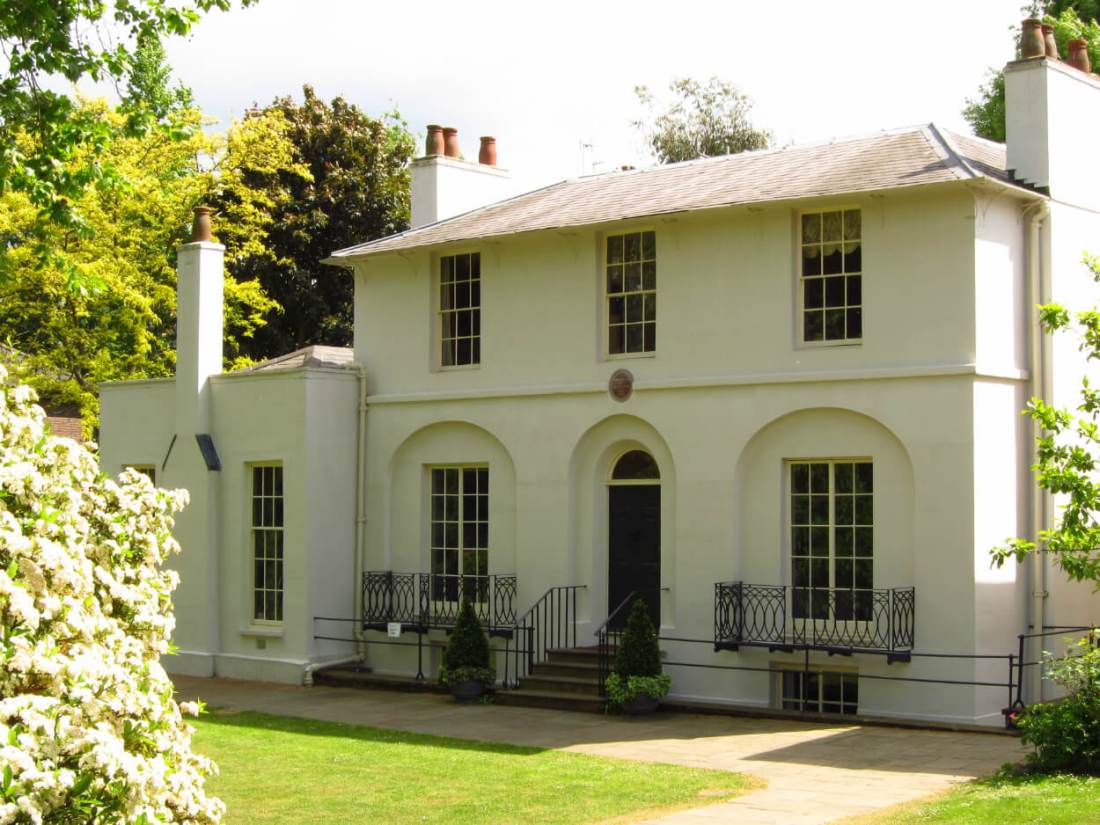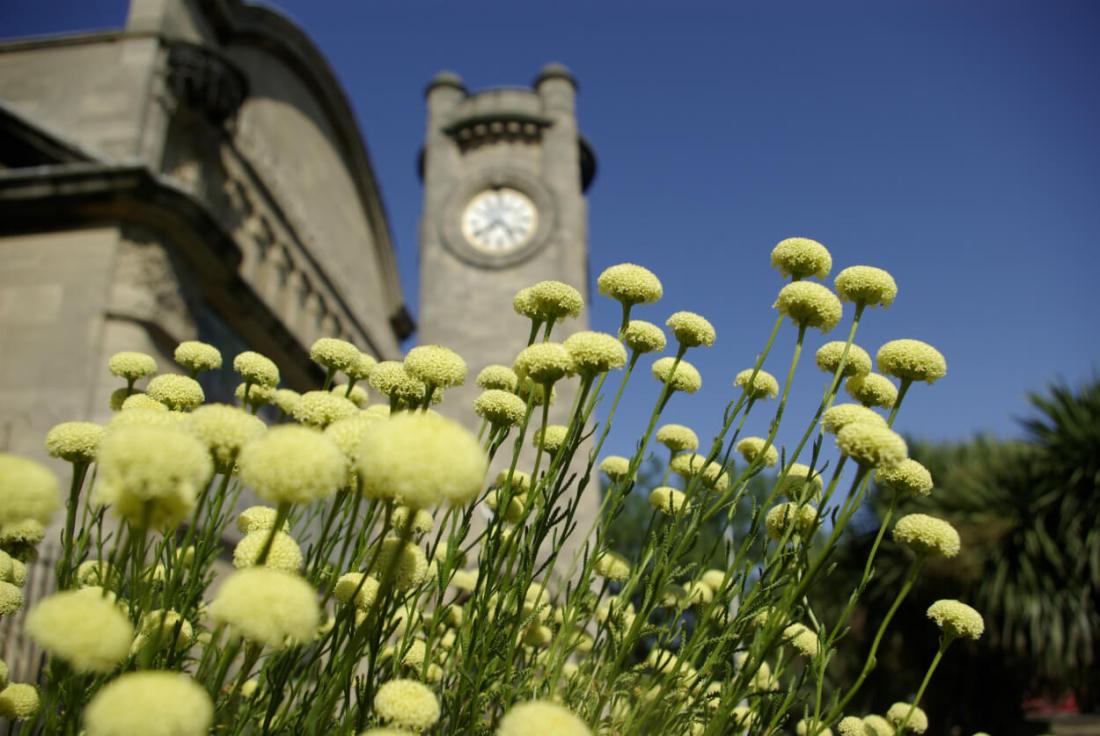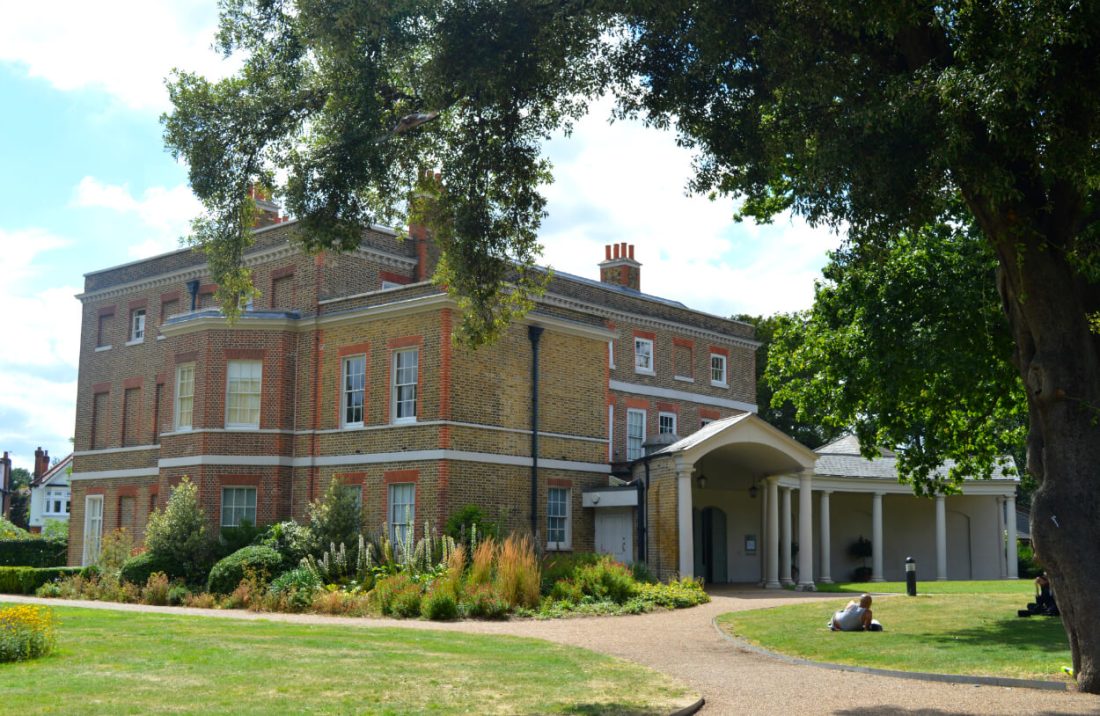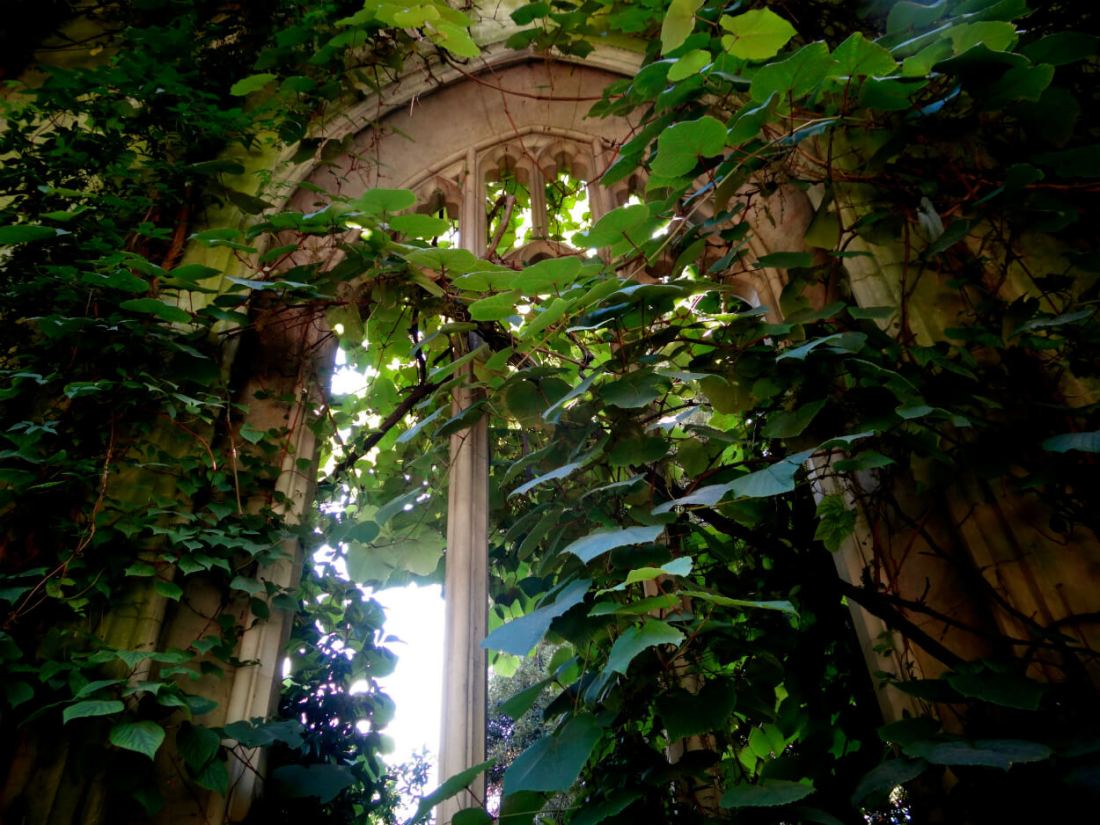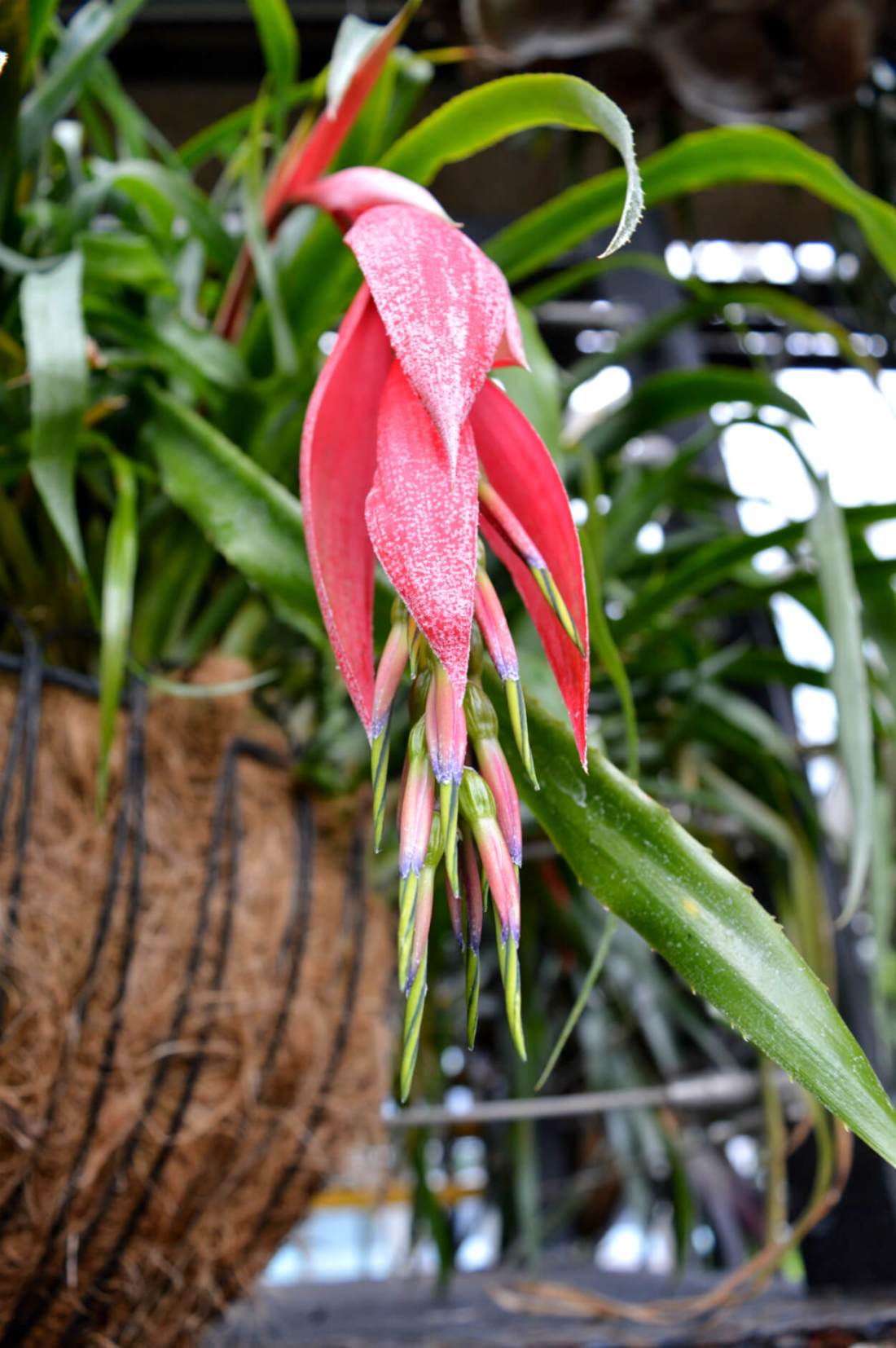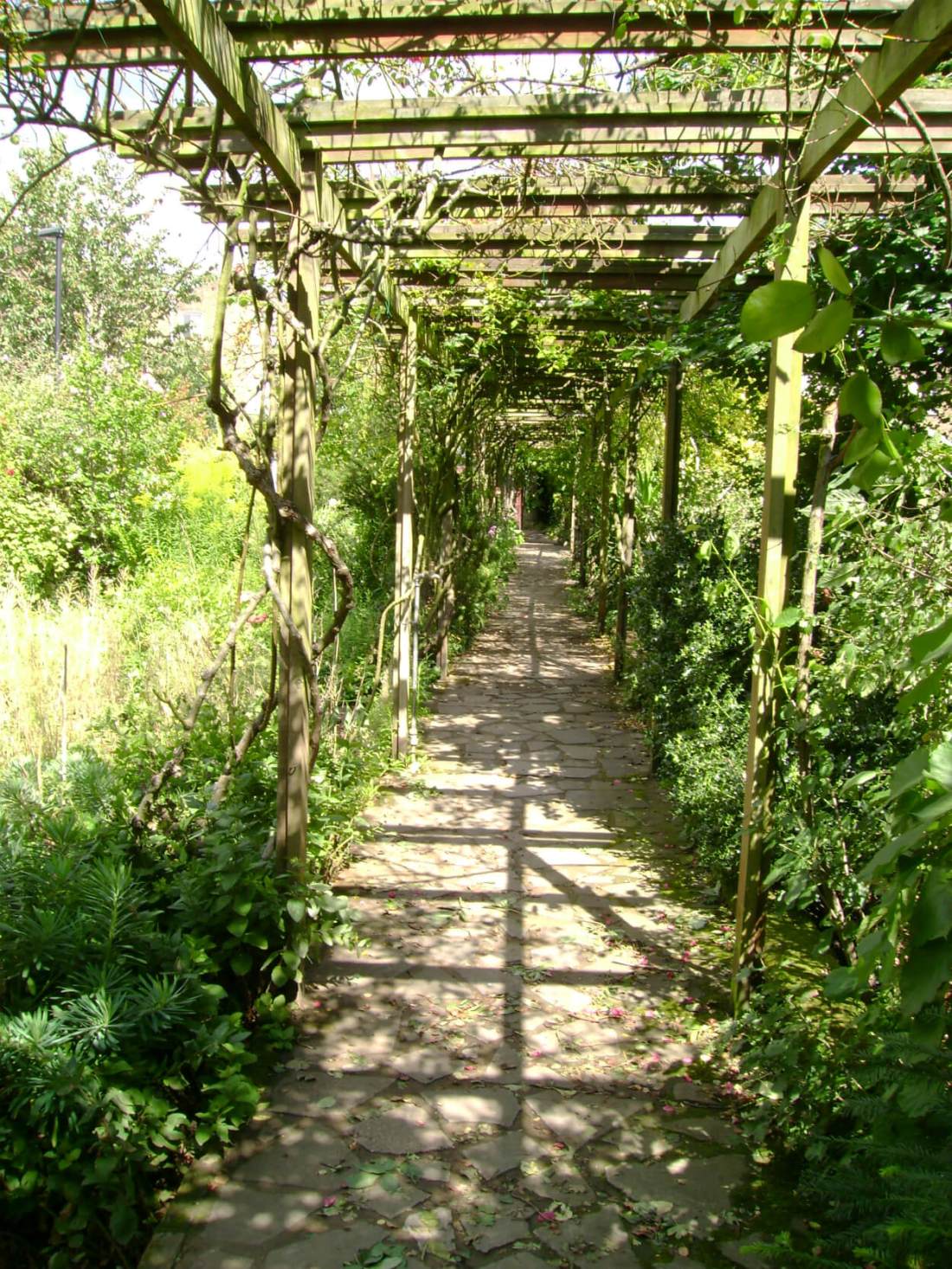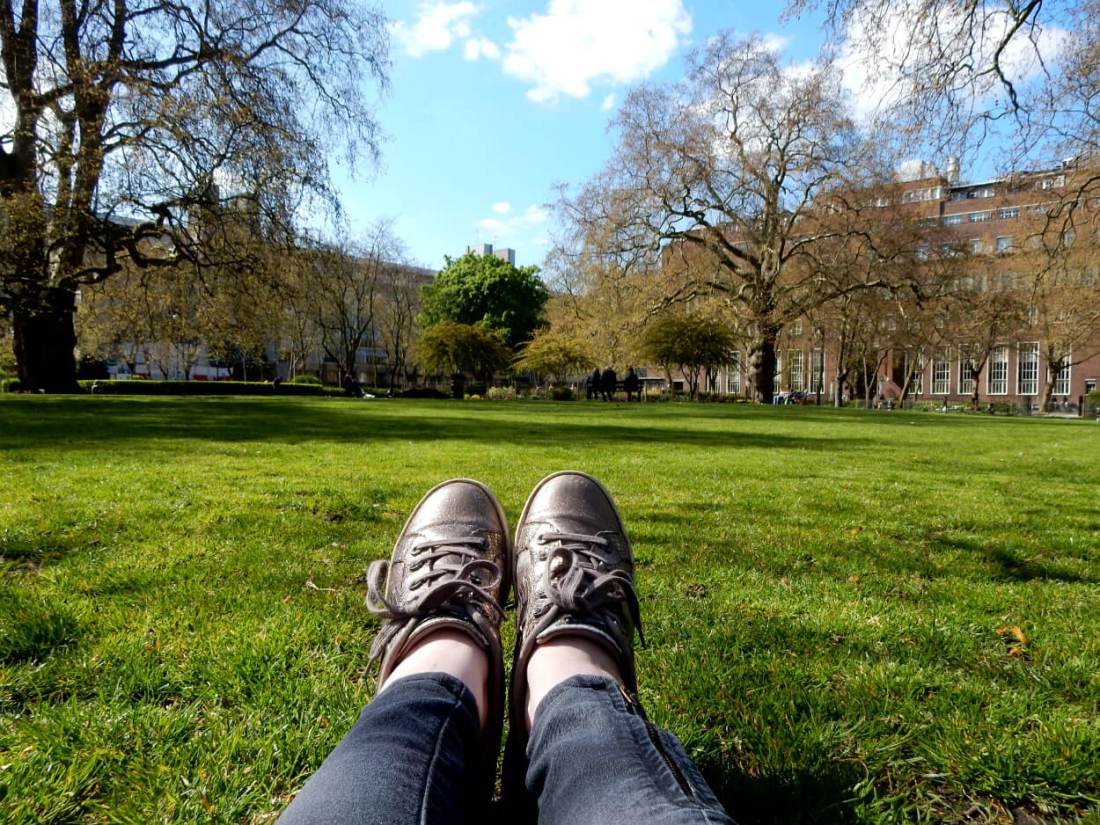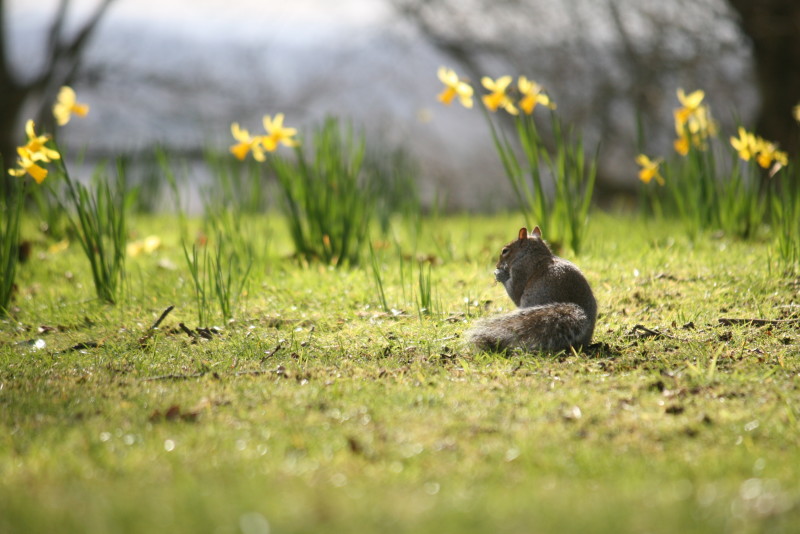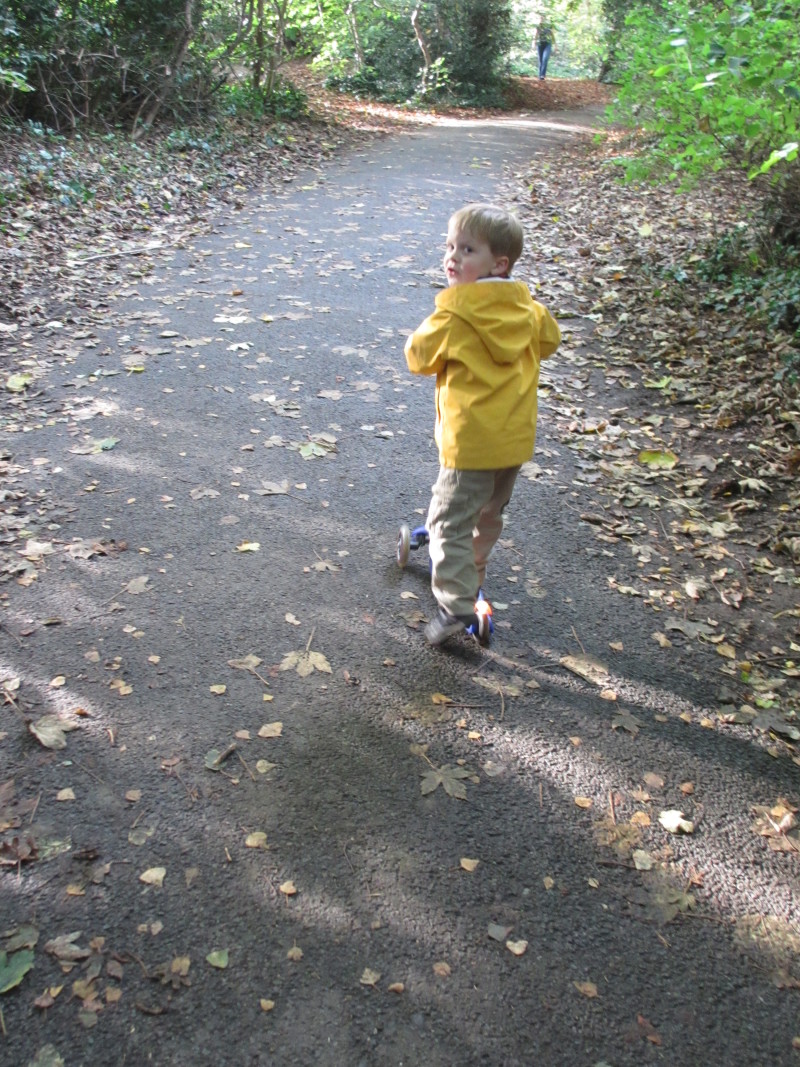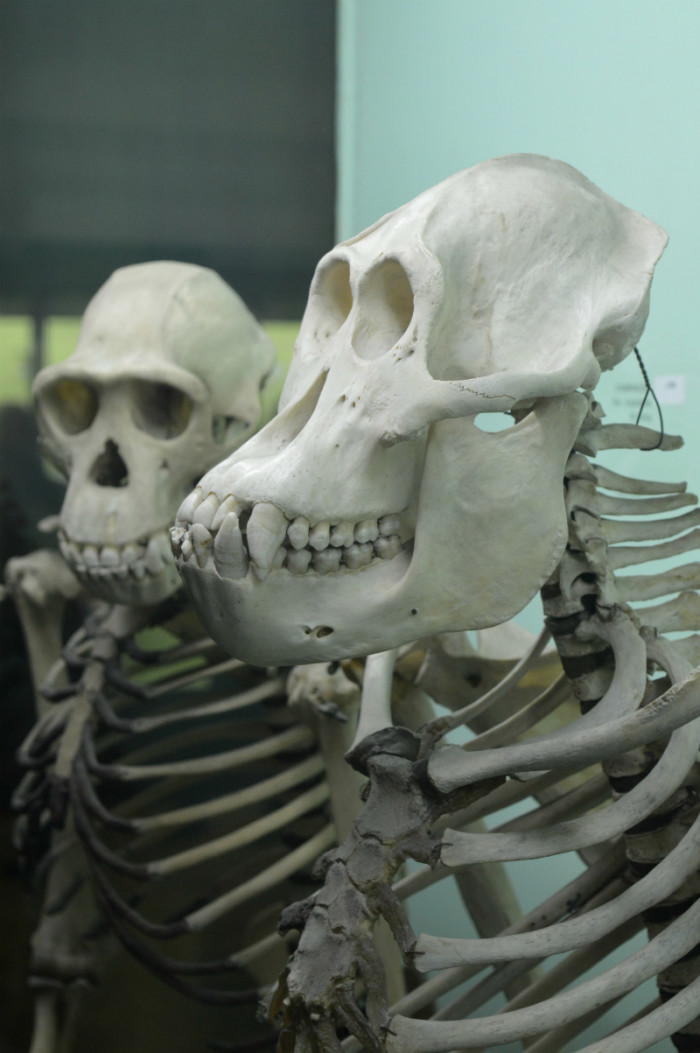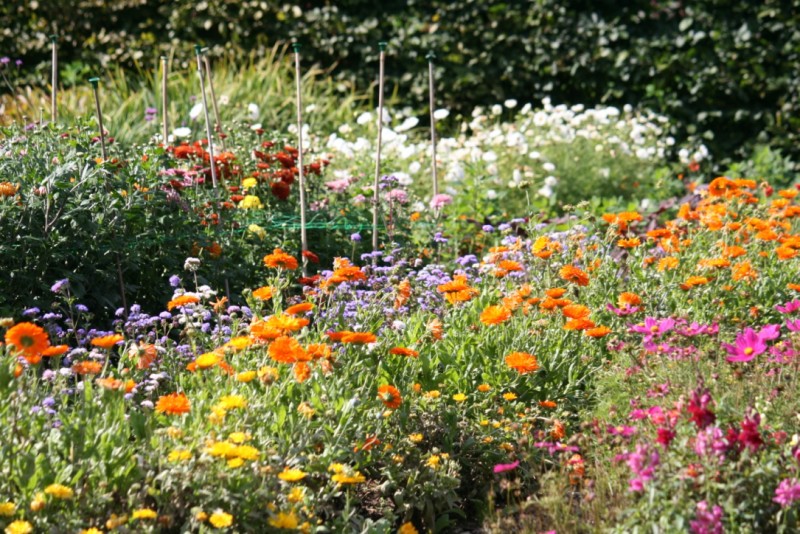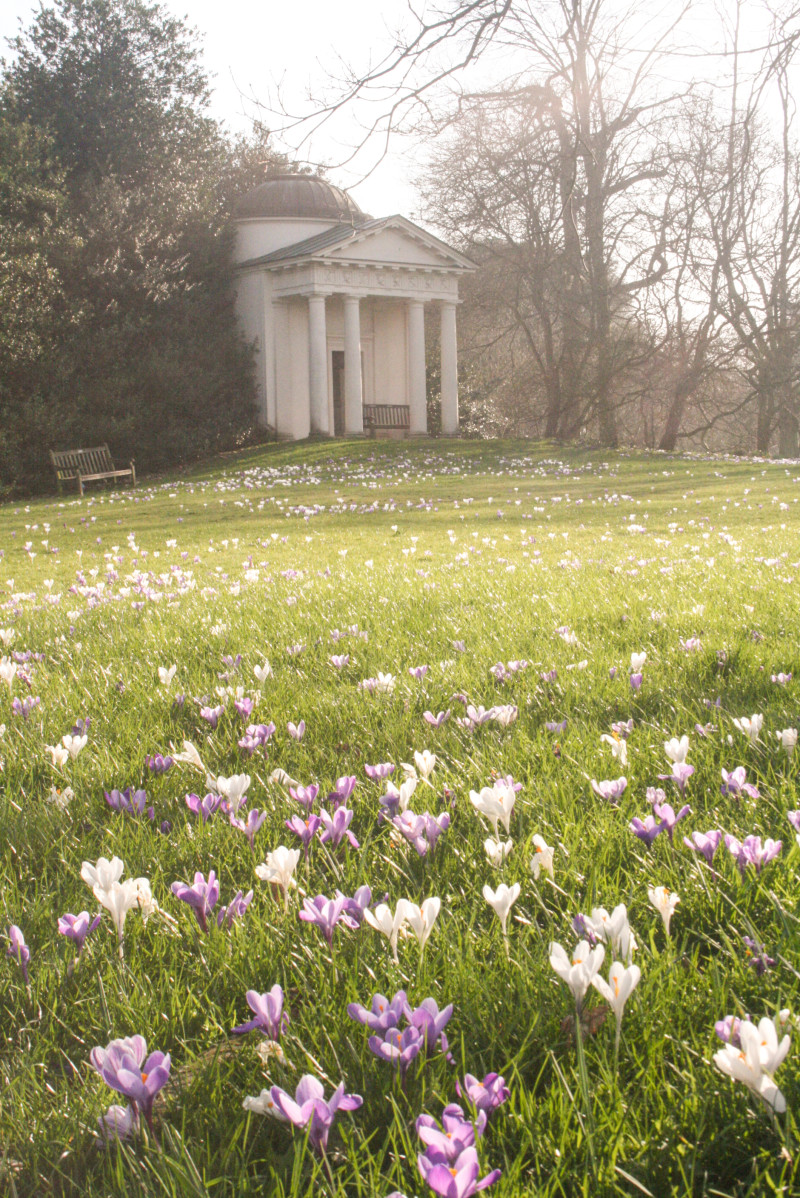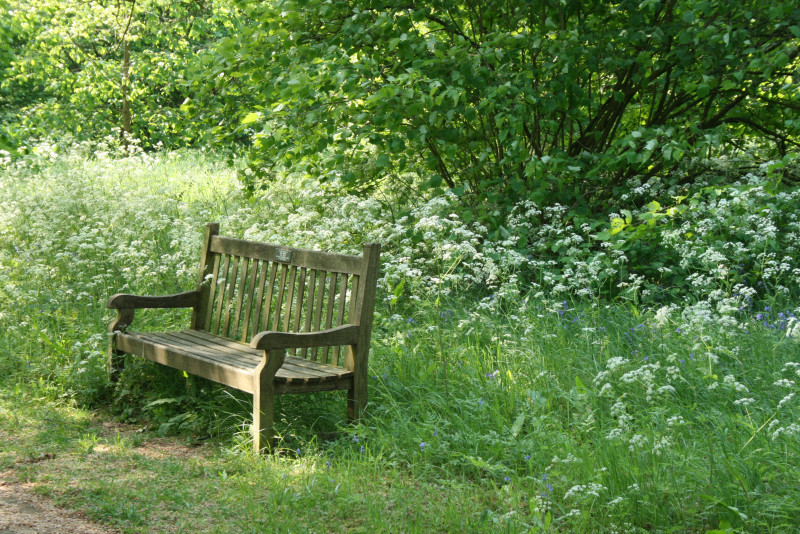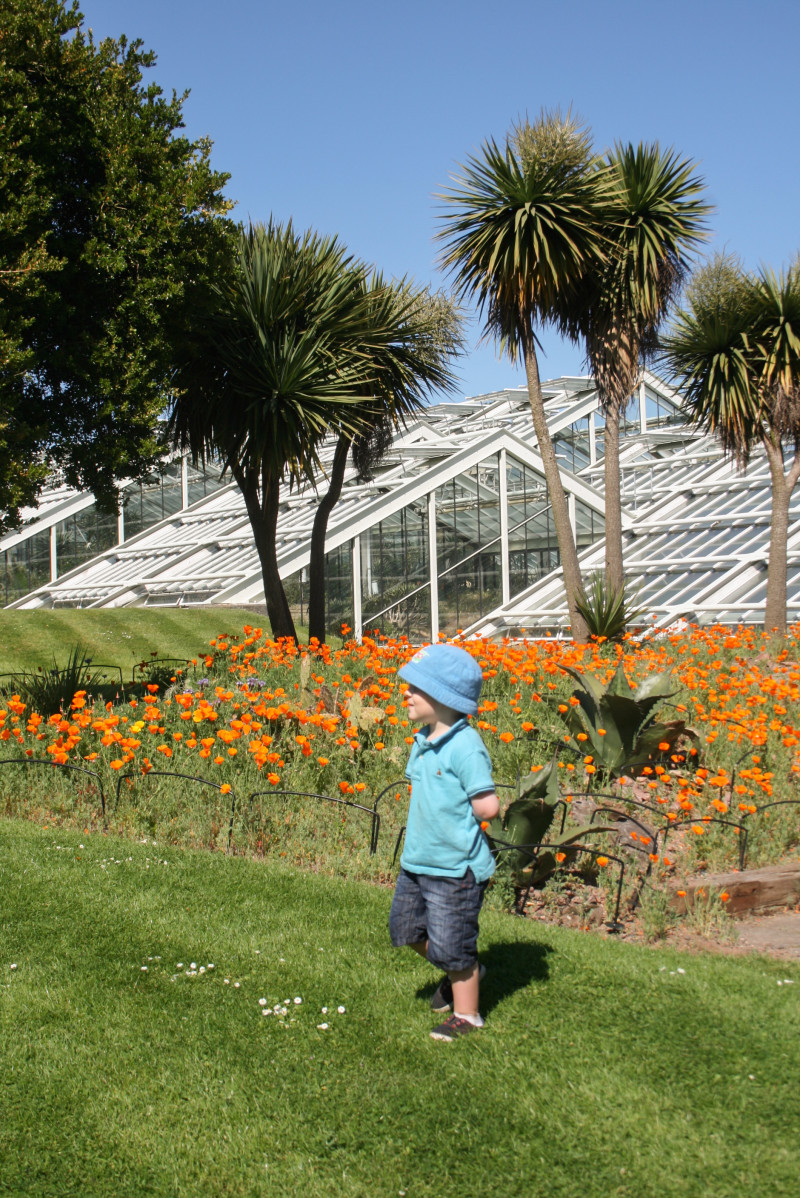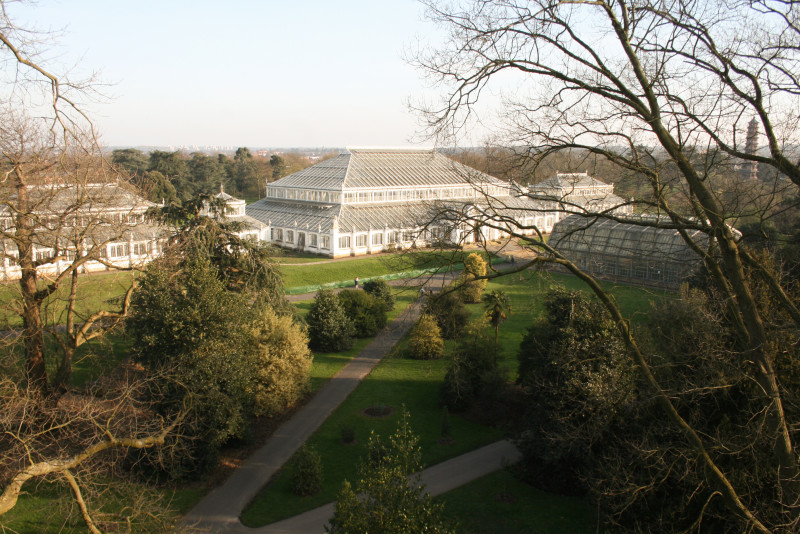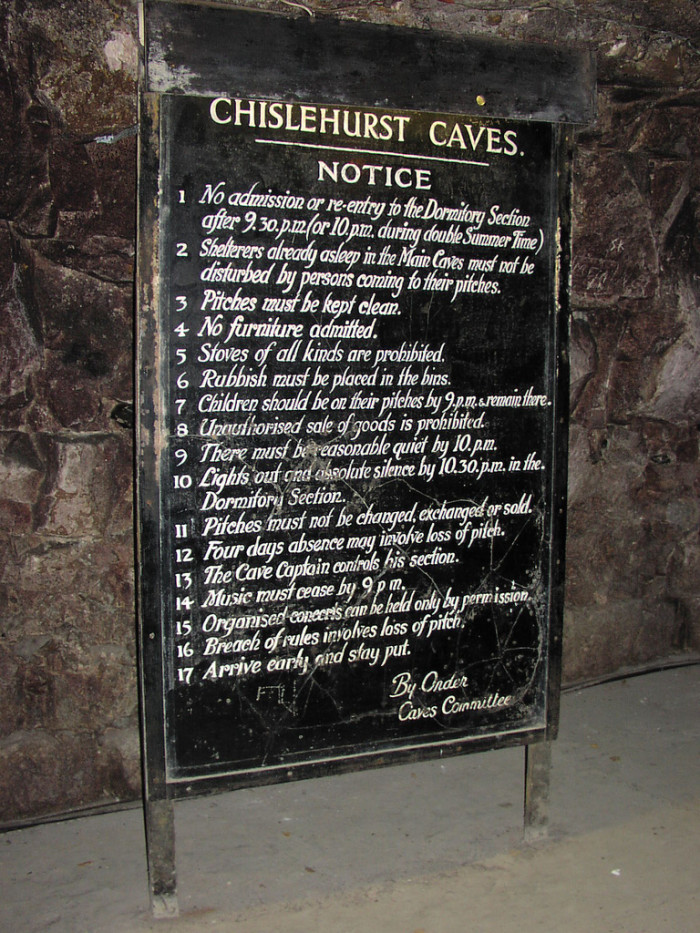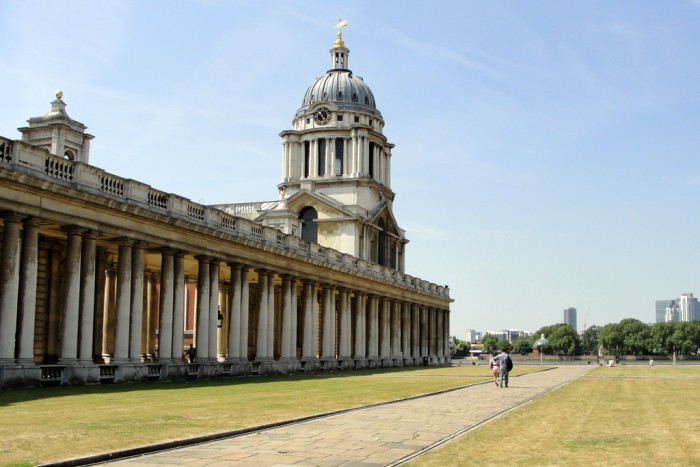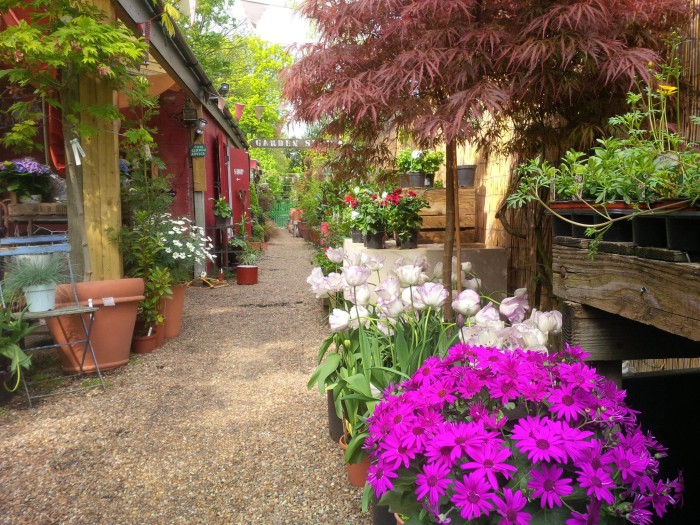From medieval crypts and a dissenters’ burial ground to tiny bookshops and pretty Georgian streets, Shoreditch and Spitalfields in east London have so many peaceful corners and activities to offer if you scratch beneath the over-hyped hipster surface.
Here are my 11 favourite things to do in Shoreditch and Spitalfields… great when you need to escape the crowds of tourist attractions such as Boxpark or Hoxton.
Is your favourite place on the list? Let me know in the comments or send me a message!
See medieval London below ground at Spitalfields Charnel House
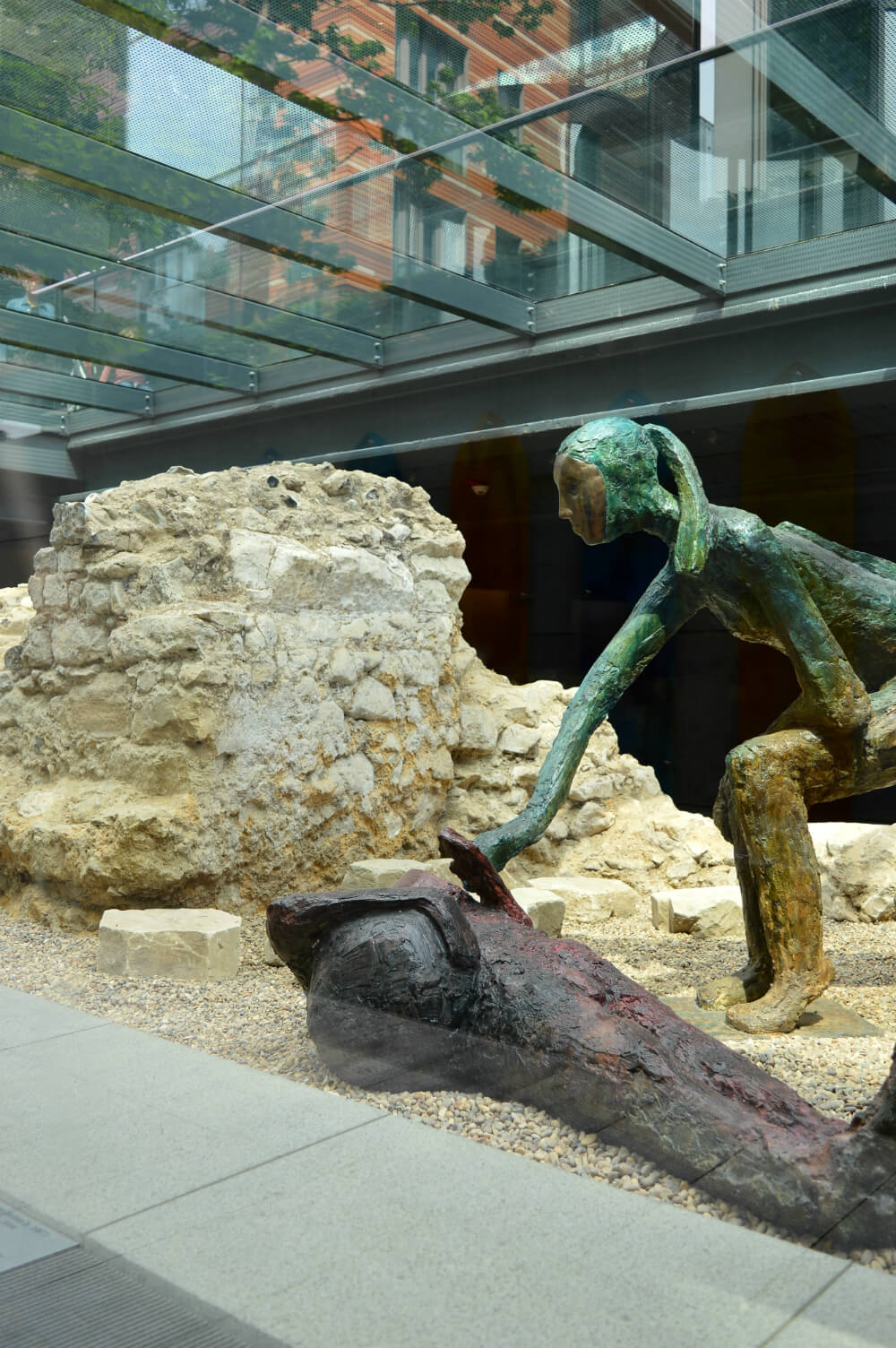
At almost 700 years old, Charnel House in Bishop’s Square is Spitalfield’s oldest building.
Back in the 14th century, it would have been crammed with skull and leg bones — these were the most important parts of the body to save so that the dead could walk and talk on Judgement Day.
After the priory of St Mary Spital was dissolved by Henry VIII in 1539, the space was used as part of a house and then as a storeroom for rubble from the Great Fire of London in 1666.
The message in the above picture reads:
“The crypt of the chapel of St Mary Magdalene and St Edmund the Bishop built in about 1320 and sited in the priory of Hospital of St Mary Spital. This crypt was used as a charnel house, a store for human bones disturbed during the digging of graves within the cemetery.
“In the chapel above, services were held to dedicate the bones beneath.
“After St Mary Spital was closed 1539, most of the bones were removed, and the crypt became a house until it was demolished in about 1700.
“The crypt then lay forgotten beneath the gardens of terraced houses and then Steward Street until it was found in archaeological excavations in 1999.”
And the best part?
The Charnel House is now protected by glass walls that allow you to view the ruins anytime of day.
There’s even a glass roof so you can peer down under your feet…
Address: Bishops Square, London E1 6FQ
More information: Read the history of the Charnel House on the Spitalfields Life blog here.
Have a nose in This Shop Rocks, Brick Lane

The sounds of bustling Brick Lane melt away when you head downstairs in this little secondhand shop.
Upstairs is filled with antiques and furniture, while the basement is reserved for books and other things you never knew you needed.
You could hear a pin drop down here, so put an hour aside, take some cash and prepare for peaceful vintage heaven.
Address: 131 Brick Lane, London E1 6SE
More information: Visit their Yelp listing here
Take a wander in pretty Georgian streets

If you want proof of how much east London has changed in the last 300 or so years, then you only need to go as far as Elder Street, Folgate Street and Blossom Street.
The streets of Spitalfields were some of the poorest in Victorian London and the houses were worth almost nothing just a few decades ago.

Nowadays, you can expect to pay well over £1.5 million for the privilege of living in on Elder Street — and to be overlooked by some of the most affluent businesses in the country in their glass towers.
The thought that these streets were full of starving children a little over 100 years ago is sobering as you wander past the beautiful brick and quintessential Victorian doorways.




See ‘the bells of Shoreditch’ at St Leonard’s Church

“When I grow rich, say the bells of Shoreditch”
This church made famous by a slightly twitsted nursery rhyme (Oranges and Lemons, if you’re trying to place it) is also known as the actors’ church — some of the biggest names in Elizabethan theatre are buried in the medieval church underneath Shoreditch’s crypt.
The big names include:
- James Burbage, who built the first English theatre
- His son Cuthbert Burbage, who built the Globe Theatre
- Another son Richard Burbage, who was the first to play Shakespeare’s Macbeth, Hamlet, Richard III and Romeo.
The church you see today was built after the medieval one collapsed in the 18th century; the replacement was designed and built by George Dance the Elder, who also designed Mansion House.
Excitingly, the original medieval crypt might be opened up in the future but for now, you can decompress here between midday and 2pm during the week.
Address: Shoreditch High Street, London E1 6JN
More information: Visit the Shoreditch Church website
Visit the dissenters’ graveyard at Bunhill Fields

Its name might suggest a vast green open space, but visit Bunhill Fields and you’ll instead get a burial ground full of radicals and nonconformists.
The most well-known among them are:
- William Blake, who is actually buried in an unmarked grave about 20 metres away from his plain headstone
- John Bunyan, best known as the author of The Pilgrim’s Progress
- Daniel Defoe, author of Robinson Crusoe.
The name “Bunhill” comes from the 1500s when the land was used as a dumping ground for animal bones — and the site lived up to its name when 1,000 cartloads of human bones were moved here from St Paul’s Charnel House.
Blake, Bunyan and Defoe are joined by about 120,000 others buried here — 75 of whom are buried in listed tombs.
The close proximity of each of the 2,333 stones gives you a real sense of how graveyards looked before the Victorian cemeteries opened in outer London to ease the pressure.
Address: 38 City Road, London EC1Y 2BG
More information: Visit the City of London website
Enthusiastic William Blake fans could follow a visit to his grave with a trip to the William Blake Mosaics of Lambeth.
Feel all warm inside (and not just from the coffee) at Café from Crisis
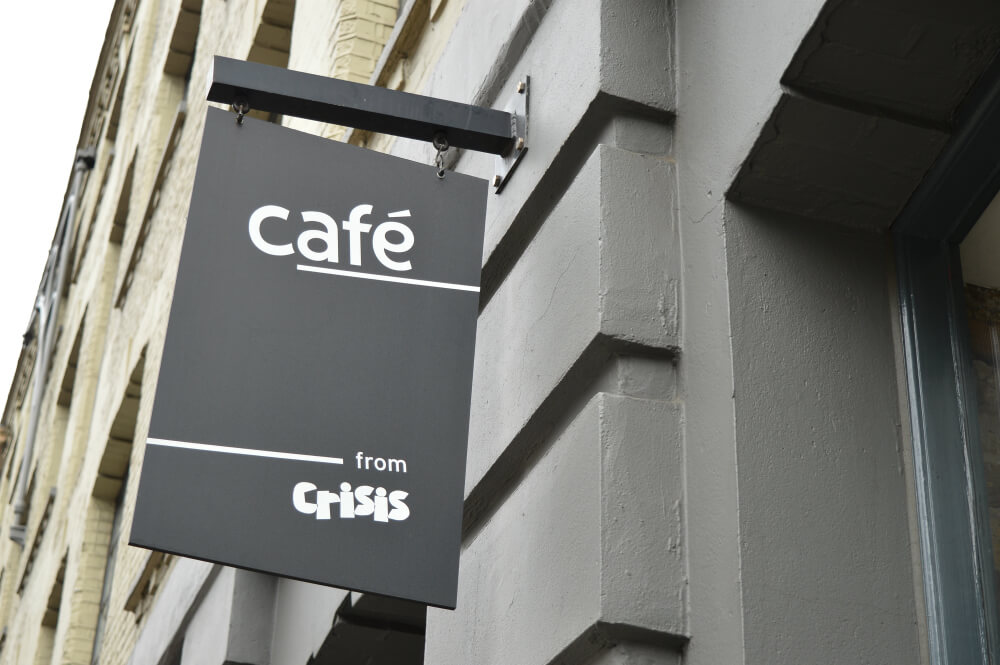
Head out of Spitalfields on Commercial Street and you’ll find a trendy café with a big heart.
Café from Crisis is based at the Crisis charity’s HQ and offers training and employment to homeless people and ex-offenders. So far they have helped over 400 people into sustainable work by training them for jobs in the catering industry.
As if that wasn’t good enough…
They also offer coffee from roasters in Essex and Peckham, healthy food that’s cooked onsite, smoothies and vegan treats. Even forgetting the fact that by eating or drinking here you’re helping to support people who need a break, this place is definitely worth a visit.
Even forgetting the fact that, by eating or drinking here, you’re helping to support people who need a break, this place is definitely worth a visit.
Address: 66 Commercial Street, London E1 6LT
More information: Visit the Crisis website
Snatch a few moments of peace at Elder Gardens

Hidden away between Folgate Street and Carluccio’s are Elder Gardens — a set of two little patches of nature that belie their uber-hip city location.
There are strict rules about what you can do here and the gardens are surrounded by flats so you’re pretty much protected from noise from all angles.
You’d also be forgiven if you didn’t know they were there, which means that you’ll only be joined by a select group of fellow peace lovers on your “escape” from the city.
Address: Lamb Street, London E1 6UJ
Switch off at Hanbury Hall

This peaceful coffee shop next to Spitalfields Market does have some slightly strange opening times…
But when it does open, the team serve lovely cakes, healthy lunches and a wide range of tea and coffee.
Stay downstairs for group visits but head upstairs if you really want to shut yourself away — the upstairs level is super-quiet with clean lines and high ceilings, owing to the building’s history as a Huguenot chapel.
Address: 22 Hanbury Street, London E1 6QR
More information: Visit the Hanbury Hall website
Dennis Severs’ House in Folgate Street

Rather than acting as a traditional historic house, Dennis Severs House (otherwise known as 18 Folgate Street) takes the form of a ‘still-life drama’.
Explore this little house and you’ll get a sense of what life would have been like for the Huguenot immigrants who would have made it their home in 1724.
As you pass through the door of 18 Folgate Street, you’re supposed to feel like you’ve stepped into a painting — complete with smells and sounds of Huguenot life.
So leave your phones at home for this one — to preserve an accurate experience, cameras are not allowed and tours are conducted in silence.
Address: 18 Folgate Street, London E1 6BX
More information: Visit the Dennis Severs’ House website
Spitalfields City Farm

There’s nothing better than a city farm when you’re slightly tired of London.
Spitalfields happens to be one of the best — not least because it hosts the Oxford/Cambridge Goat Race, which is one of the quirkiest events in London’s calendar (and in east London, that’s saying something).
The farm was opened in 1978 after local residents lost their allotments to development (nothing changes) and campaigned for a spot of wasteland to be put to good use.
It wasn’t long before animals started appearing on the new allotments, and Spitalfields City Farm was born…
The strong links to the community have remained, and the local community has been able to protect Spitalfields City Farm from the development that has taken over so much of east London for almost 30 years.
There are loads of ways to get involved in that community spirit, including a campaign to fund a new roof to keep the animals warm and dry.
Address: Buxton Street, London E1 5AR
More information: Visit the Spitalfields City Farm website
Also in east London…
- Sutton House, Hackney: A Tudor house with intriguing secrets
- Mudchute Park and City Farm: Lambs, alpacas and… an anti aircraft gun?!
More quiet London area guides…
- 9 quiet places near Soho and Oxford Street (yes, it’s possible…)
- Matt Brown’s quiet walk through Holborn and Bloomsbury
- 14 quiet places in Bloomsbury and Russell Square, London
